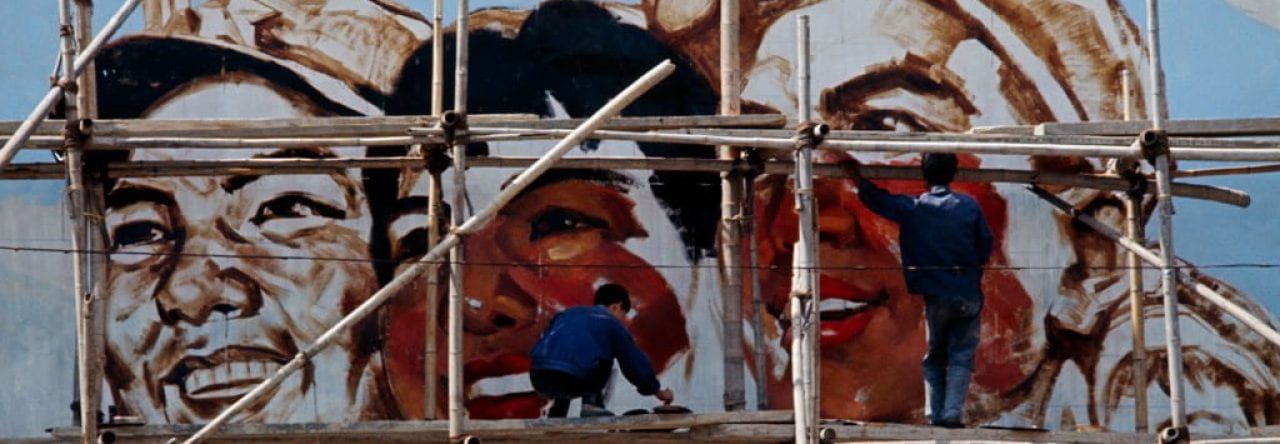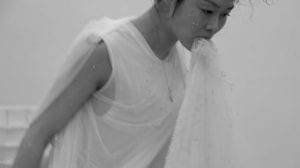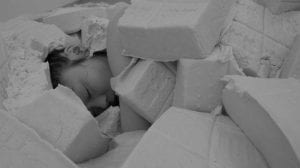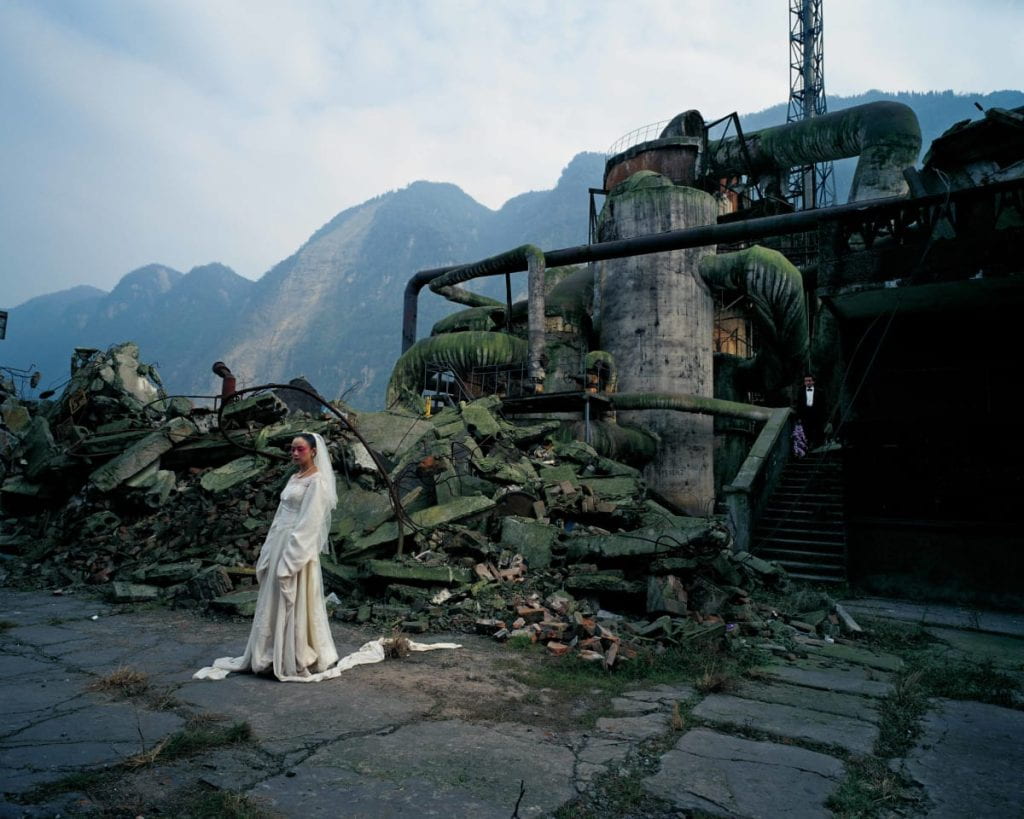What does a Chinese theater look like? You can look it up and find grand buildings, breathing in drama. The theater you find will have bright
spotlights, golden ceilings and red draped across the room. This regal image of China is painting into our minds. We get to see China who is western and finished. We don’t see the realities of China. The hidden villages filled with authentic theaters, piled streets and old swaying buildings. Composing Chen shows that hidden part of China, the young girl who grew up there and the woman that it created.
Composing Chen shines light on the non-westernized China. Chen is a courageous but private artist who has a wide array of talents from photography, sculpture to filming and printmaking. Understanding her life will lead us to understanding small towns the full impact governments have on China’s communities. Through her, we directly see the impact of mass displacement, erasure of ancient Chinese history and the sentimental history of families in China.
The exhibition’s main focus is Chen and the time period she grew up in. Who she is as a person will be highlighted so its vital all the pieces chosen include her image in it. This is due to her intentionality in her work, including herself as a part of the piece speaks volumes on the topic she is trying to communicate. She explained in an interview at SAM that constructing a piece “is like telling a story or composing a piece of music. There are different parts in music. For instance, a picture represents a part, the installation represents another and the video is a part as well. … They are all telling one story” (Chen Qiulin at Shepperton Art Museum, 2016, 1:30-2:35).
Each of the pieces in the exhibition will seem like completely different scenes however they are all in the same town. Whether it’s on the bridge of her hometown, in the rubble of the collapsing building or standing at the edge of a river that has swallowed her forgotten home. All of the pieces speak on her experience with the Three Gorges Dam and her feelings of losing her home.
The piece above represents her home town drowning. She is surrounded by rubble and when she is able to wake up, she throws up all the water she drowned in. She represents herself as her hometown, being swallowed under the water and rubble. Her hometown is forever lost but a piece of it lives on in her. That’s why she is able to wake up and spit out the water.
Bibliography:
Chen, Quilin. 2013. Review of CHEN QIULIN 陈秋林 Interview by Monica Merlin. Tate.org. https://www.tate.org.uk/research/research-centres/tate-research-centre-asia/women-artists-contemporary-china/chen-qiulin.
Ganzenberg, Christian, Sunny Sun, and Zeng Ziluo. 2019. Chen Qiulin. Peppermint. Berlin: Distanz Verlag.
Shepperton Art Museum. Chen Qiulin at SAM. July 11, 2016. https://www.youtube.com/watch?v=Geqc1D7P868.







